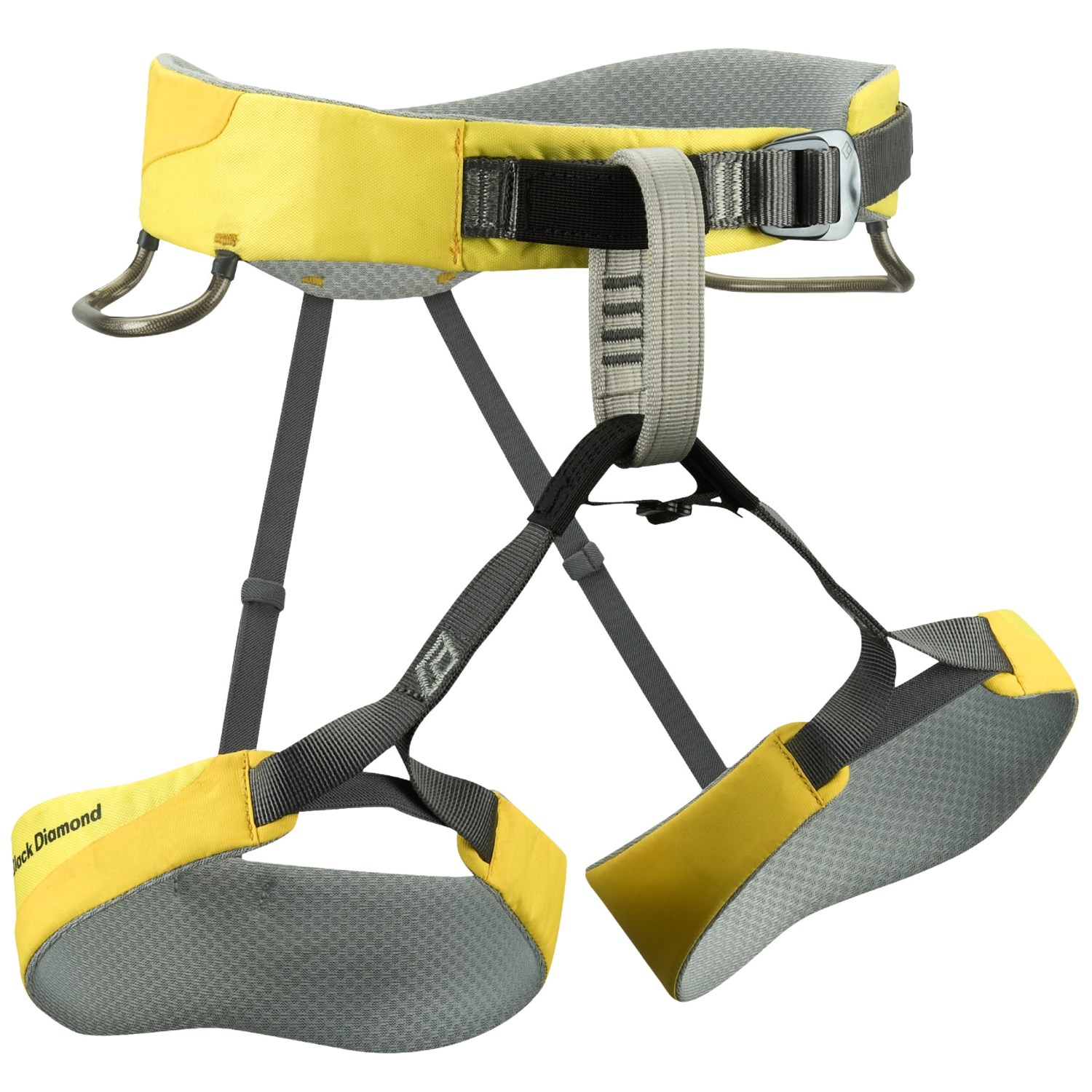Rock climbing is a sport that takes lots of endurance and strength. Our neighbors own an indoor rock climbing gym called Stone Moves. I am on the rock climbing team, so every Tuesday and Thursday night I get to go and climb according to the schedule assigned to that night. For the past few weeks we (me and the rest of the people on the team) have had four stations that we have gone to every night. The first station is top roping where we climb to the top of a top roping wall. Then we get lowered down to the ground by our partner. In the second station we do four by fours. When you do four by fours you climb four different bouldering walls (a bouldering wall is a wall that is shorter than a top roping wall and also at a greater angle) four times each. The third station that we would go to would be the traverse. During the traverse we climb horizontally across all of the top roping walls. Whenever we finish we climb back to the start of the traverse. The last station is my "favorite". We head upstairs into the small workout area that they have and we do pull ups, push ups, bicep curls and more. This is extremely tiring, yet it is also effective; all of these workouts make you stronger. We aren't supposed to grab just any holds that we see on the wall to get to the top. All of the holds on the wall are marked with different colors of tape. Every color is meant for a different level. For example if you were a beginner in rock climbing then you would climb a white route (a route marked with only white tape for your hands and feet) because white routes are the easiest. If you were advanced in your climbing you might be able to do a black route (a route marked with black tape), black is the hardest level.
I will list some of the equipment that we use so that we don't end up hurting ourselves.
1. a climbing rope is attached to the climber's and the belayer's harness so that the climber will not fall to the ground if they slip on a hold. Ropes are not needed on bouldering walls because they aren't tall enough to allow you to hurt yourself when you fall.
2. A harness is put around a person's waist and is attached to the rope.
3. A bag of climbing chalk is attached to your harness. Climbing chalk is rubbed onto the hands so that sweat won't cause you to slip.
4. Climbing shoes have a point at the end so that you can step on small footholds. This is the climbing shoe that I have.
5. This is the tape that I mentioned earlier. It is put on the wall so that you know where to place your hands and feet based on your climbing level. You may want to click on the second picture to better see the tape.


The first picture is of a top roping wall and the second is of a bouldering wall. Notice how much taller the top roping wall is. Also notice the angle of the bouldering wall.
Here is one more image to show how belaying works.











No comments:
Post a Comment